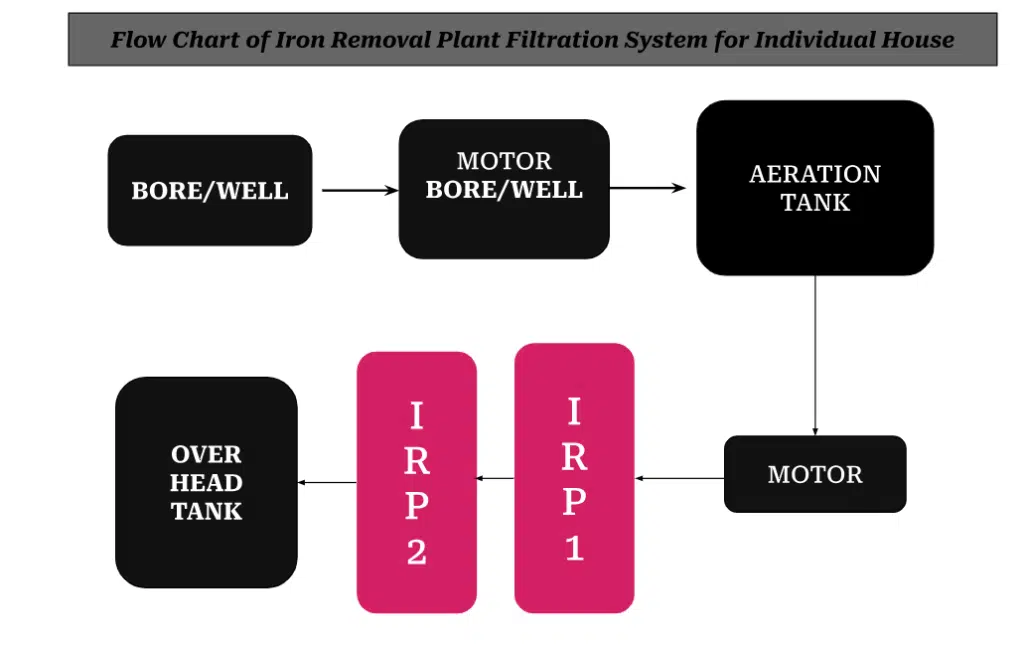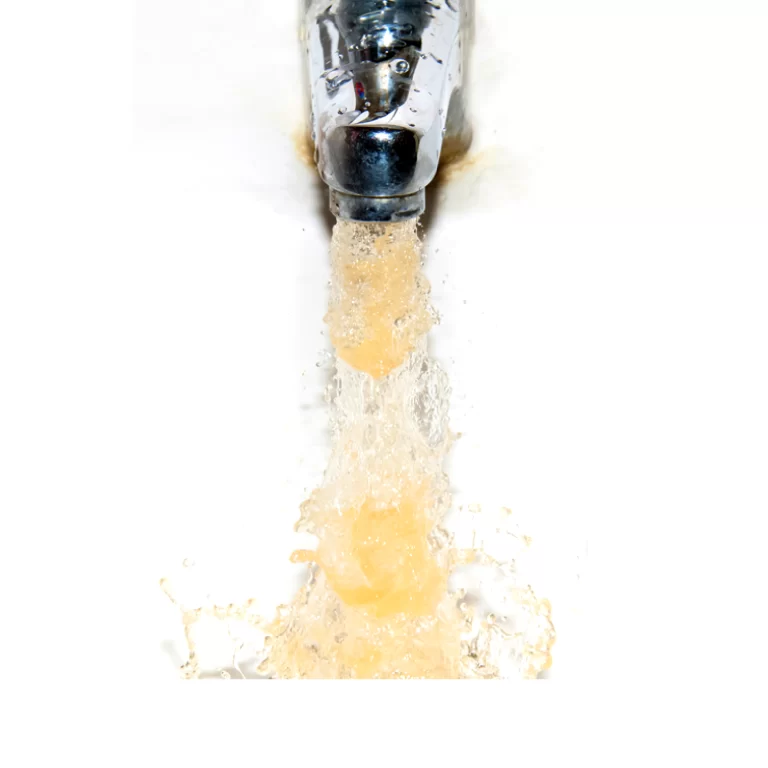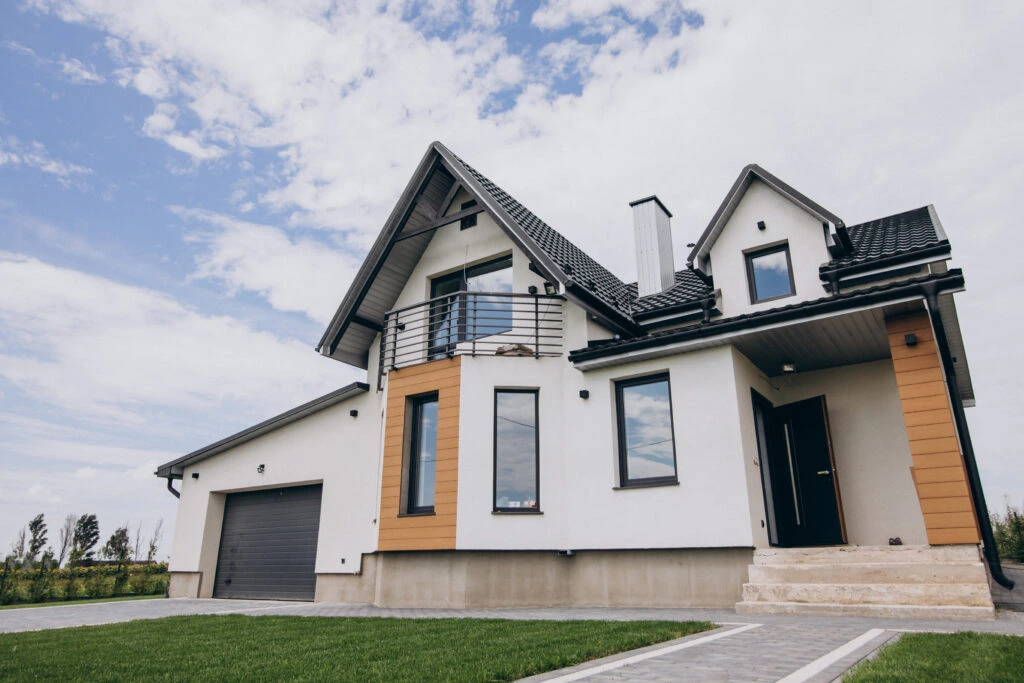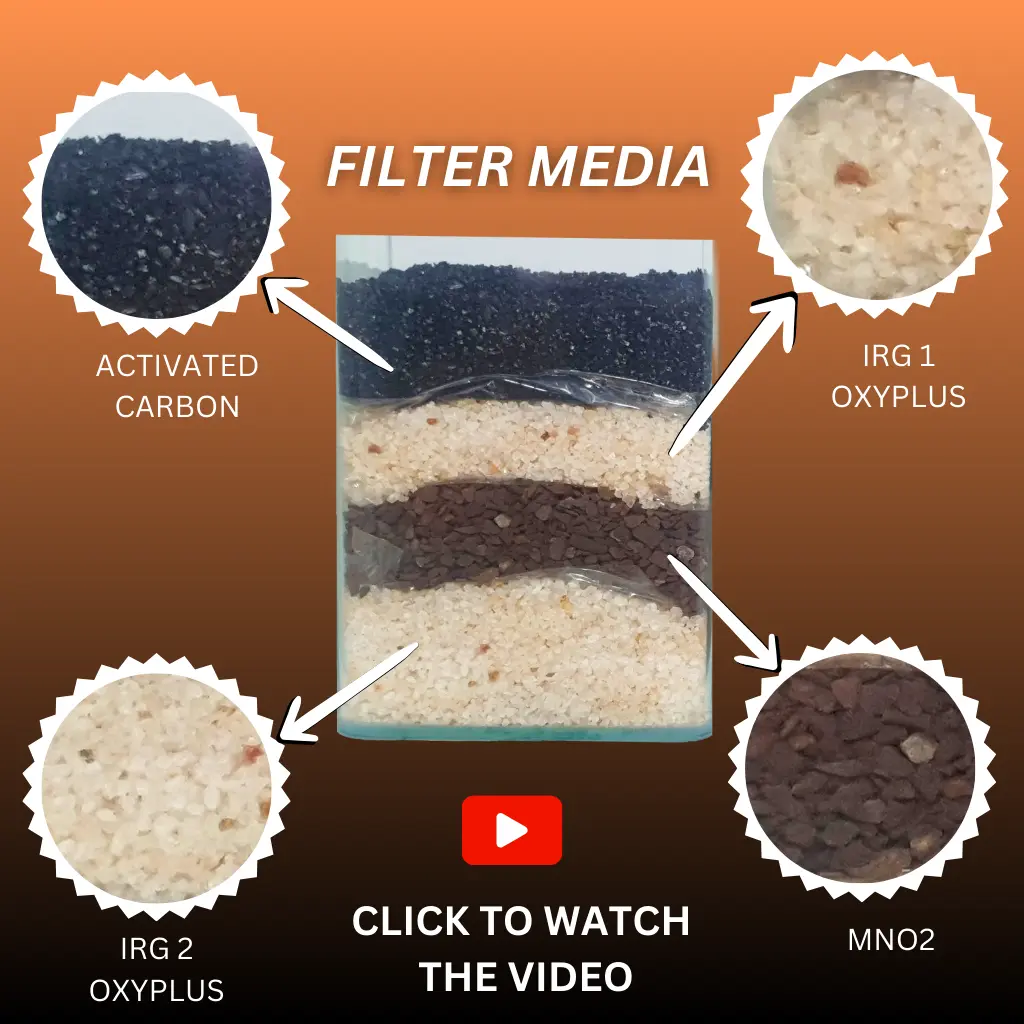Whole House Iron Removal Plant Filtration System.
Iron-Free Water for Your Home No Stains, No Rust, No Odor
Our advanced iron removal systems eliminate iron, rust, and odors, providing you with clean, safe water for your home or business in Chennai.
- 100% Iron-Free Water.
- Safe for Skin, Hair & Appliances.
- Fresh odor & yellow stain free water.
Get a custom solution today
Does Your Water
- Leave yellow or brown stains on sinks, tiles & clothes?
- Have a metallic taste & rust-like odor?
- Clog pipes & damage appliances over time?
- Cause dry skin, hair fall & irritation?
-
If yes, it’s time to fix it.
Our filters remove iron, rust, and odors—ensuring safe, clear water for your family.




Why Choose us?
Water Sparks® is a leading water treatment plant company based in Royapettah, Chennai, with over 20 years of industry experience and a strong commitment to customer satisfaction.
We specialize in manufacturing high-quality water treatment solutions, including RO plants, iron removal filters, and water softeners in Chennai. Our range includes RO plants for home, hard water softeners, and water softeners for the whole house, designed to effectively treat bad smell water and remove impurities.

Yellow /Iron Water Treatment - Actual Project Site Installation Videos
Our Watersparks Happy Family
Trustindex verifies that the original source of the review is Google. We are using Venus Createch Solutions Ro water plant almost 2 months and it is working absolutely great and gives us good results on our skin and hair and the water is 60 tds which we can also drink that much pure the water plant is workingTrustindex verifies that the original source of the review is Google. Visited Water Sparks today for purchase of a jumbo bag filter. They assisted me to select the proper product for my use. The jumbo bag filter is sturdy and well engineered. Helpful sales team and was a satisfying experience.Trustindex verifies that the original source of the review is Google. Happy to give feedback about my recent purchase of Muddy water buster from (Water Sparks) installed for my farm in Hosur. Worth writing this big write up. During rains we experienced muddy water entering in to our recharge pit constructed in and around the borewel. Water definitely recharged however borewell water pumped out with mud colour which was unable for any usage other than watering the plants. However we were literally looking for a solution and surprised to find only water sparks giving this solution online or YouTube etc. Faarish, head of the technical team was very supportive in answering my queries whenever required without any hesitation. This company also have very good solutions with water treatment and can benefit and also we will plan it for our new house. The installation is very simple as a plumber locally can fix it without any complications. The water was very clear and had some chemical smell initially like RO in our houses but now it has improved and ready for drinking after using it for a week. Happy now and Thanks once again to Faarish and Water sparks.Trustindex verifies that the original source of the review is Google. Hi Water Sparks Team, Congratulations We here near to porur in one of the appartment ,struggled lot to get muddy water to clear water for almost two and half years. Many vendors visited site and implemented to their suggestions with no results, almost we spend so much amount, time and effort. Almost 12 times media changed locations changed, equipments were replaced . Finally through friends reference, we approached Water Sparks. The TEAM dld proper study, and executed excellent job with one time solution to get MUDDY water to CLEAR water It was a big break through for the appartmentt owner's, we were fully satisfied with the result and thier Support regard to completion. We would like to congratulate the Team effort and request our friends and neighbors to implement and utilize the Water Sparks service thanks.Trustindex verifies that the original source of the review is Google. I am using muddy water filter 2000 lph for last three years. Very user friendly product. After long usage also, it's performance still like day one. I am happy with this product and it's fullfing my purpose of buying it. If price is considered a little, it will used by all those who are using borewell water for their home.
Get a Iron Free Water Today !
Ready to solve your Iron water problems? Get in touch with us today for a free iron water consultation or customized quote for iron removal plant system in Chennai. Our team is ready to help you make your water Clean, safer, and more efficient.
Contact us for Free Iron Water Consultation
How Our Iron Removal System Works
Water Consultation
Free water consultation
with our experts
Custom Solution
Tailored filtration for your home/business
Hassle-Free Installation
Quick setup, zero maintenance worries
Enjoy Pure Water
No stains, no rust, no bad taste!
FAQ Iron Water
1. How does iron in water affect my daily life?
Iron in water causes stains on clothes, sinks, and bathtubs, and creates an unpleasant metallic taste and odor. It can make cleaning and laundry more difficult and less effective.
2. Can iron damage my plumbing and appliances?
Yes, iron buildup can clog pipes, reduce water pressure, and corrode plumbing and appliances like water heaters, leading to costly repairs.
3. How can I prevent iron stains and damage?
Install an Iron Removal Plant to filter out excess iron, protecting your plumbing, appliances, and surfaces from stains and corrosion.
4. What are the best solutions to remove iron from water?
Our Iron Removal Plants use advanced filtration and oxidation techniques to effectively eliminate iron from your water, ensuring it’s clean and safe for general use.
5. Is iron contamination common in water?
Yes, iron contamination is a widespread issue, especially in well water or areas with high iron-rich soil. Our systems are designed to tackle this problem efficiently.
Nature of Iron Water
Iron water can exhibit various colors depending on its oxidation state and the presence of other substances. The phenomenon of iron water changing from white to yellow or brown can be attributed to the oxidation and precipitation of iron compounds.
Iron Removal Plant Filtration System
- Dissolved Ferrous Iron (Fe2+): When water containing dissolved ferrous iron (Fe²⁺) is first drawn from a well or tap, it often appears clear or slightly whitish. At this stage, the ferrous iron remains dissolved in water, as it is soluble, and the iron concentration is relatively low, making the water appear transparent. This issue can be addressed using an iron removal filter or an iron remover for water, commonly found in systems like an iron removal plant in Chennai.
- Oxidation of Ferrous Iron to Ferric Iron (Fe3+): Once exposed to air or oxygen, ferrous iron undergoes oxidation, converting into ferric iron (Fe³⁺). This oxidation process is accelerated by aeration, agitation, or the presence of catalysts. The transformation from ferrous to ferric iron is a critical step in iron removal and is essential for maintaining clean water using solutions such as an iron water filter or a yellow water filter.
- Formation of Iron Oxides/Hydroxides: Ferric iron is insoluble in water and forms solid compounds known as iron oxides or iron hydroxides. These compounds vary in color, typically appearing as yellow, orange, or brown. As ferric iron precipitates, it creates visible particles or floc, giving the water a yellow or brown tint. This problem can be mitigated using an iron removal filter designed to treat discolored water.
- Aggregation and Settling of Iron Floc: The iron floc, made up of iron oxides or hydroxides, aggregates and settles due to its higher density. This settling occurs in sedimentation tanks or settling basins, where the floc separates from the water. Over time, the floc accumulates at the bottom, leaving the water above clearer and less discolored. For treating water contaminated with mud or other particles, a mud water filter can complement the iron removal process.
The intensity of the yellow or brown coloration in iron-contaminated water depends on factors such as iron concentration, oxidation rate, and the presence of other substances. Variables like pH, temperature, and dissolved organic matter or minerals can further affect the water’s color.
In water treatment systems like an iron removal plant in Chennai, the process involves oxidizing and precipitating dissolved ferrous iron, followed by settling and filtration to remove iron particles. This treatment enhances the water’s appearance and taste while preventing rust stains and deposits in plumbing systems and appliances. Solutions such as an iron remover for water, iron water filter, or a yellow water filter are effective tools in addressing these issues.

Successful Iron Water Treatment Process:
Certainly! Here’s an expanded explanation of the Iron Removal Plant process:

In the pre-treatment stage, water is subjected to various processes to eliminate large particles and sediments. These steps are crucial for protecting downstream equipment and ensuring the efficient removal of iron. Common pre-treatment techniques include sedimentation, the use of settling tanks, and filtration with screens or sediment filters. Sedimentation helps heavier particles settle at the bottom, while filtration removes finer particles effectively.
After pre-treatment, the water flows into the aeration chamber, where air is introduced to facilitate the oxidation of dissolved ferrous iron (Fe²⁺) into ferric iron (Fe³⁺). During aeration, oxygen reacts with ferrous iron to form ferric iron, which is insoluble and can be easily removed from the water. This oxidation step is critical for effective iron removal.
Various aeration methods are employed in iron removal plants. A common technique involves spraying water into the air to maximize the surface area for oxygen contact. Alternatively, air can be introduced using diffusers or spargers submerged in the water, enhancing oxygen transfer. Mechanical agitators are also used to create turbulence, further improving the interaction between air and water and accelerating the oxidation process.
During aeration, dissolved ferrous iron reacts with oxygen from the air, converting into ferric iron, which is insoluble in water. This oxidation process is chemically driven, resulting from the interaction between ferrous iron, oxygen, and sometimes a catalyst. To enhance oxidation, additional catalysts like manganese dioxide or activated carbon may be introduced into the water.
The ferric iron formed during this process precipitates as rust particles or iron floc. The size and density of the iron floc depend on factors such as iron concentration, pH, temperature, and the presence of other substances in the water. These iron floc particles are typically visible as brownish or reddish deposits.
After aeration, the water moves into settling basins or sedimentation tanks, which provide a calm environment for the iron floc to settle to the bottom due to its higher density. This settling process separates the iron floc from the water, forming a sludge layer at the bottom of the tank. The clarified water is then carefully drawn from the top of the settling basin or directed to the next stage for filtration.
In the filtration stage, the clarified water is further treated to remove any remaining iron particles and impurities. This is achieved using filter media such as sand, multimedia (a mix of sand, anthracite, and garnet), or activated carbon. These filtration systems capture residual iron particles and other suspended solids, ensuring the water is purified and ready for subsequent stages of treatment.
After filtration, the water may undergo additional post-treatment processes to ensure its quality and safety. The primary objectives of post-treatment are to eliminate any remaining impurities, disinfect the water, and adjust its pH if needed. Common methods include disinfection with chlorine, UV sterilization, or the use of chemicals like sodium hypochlorite to remove pathogens and bacteria. pH adjustment may also be carried out using agents such as lime or soda ash to achieve the optimal pH balance.
The goal of post-treatment is to produce water that is safe for consumption and compliant with water quality standards established by regulatory authorities.
It’s important to recognize that the design and operation of an iron removal plant utilizing the aeration method can vary based on factors such as water quality, flow rate, iron concentration, and specific treatment objectives. Consulting water treatment experts or engineers is recommended to customize the process for the specific needs of the application.
Why Water Sparks Iron Removal Plant?
We master in treating high levels of iron using some additional highly efficient techniques and instruments to remove the iron and bring the water crystal clear. Our customized products in Iron Treatment:
- Iron Removal Plant Filtration System with Chlorine Dosing System
- Iron Removal Plant Filtration System with Air Blower & Air Diffuser
- Iron Removal Plant Filtration System with Chlorine Dosing System and Air Blower & Air Diffuser






